15 Simple Tricks to Make Canned Frosting Taste Homemade
Sometimes, a can of frosting is the quickest path to dessert, but its dense sweetness can give away the fact that it came straight from the store. With a few smart tweaks, you can transform that frosting into something so airy and flavorful that nobody will guess it started in a can. These ideas are simple, backed by baking pros, and guaranteed to make your next cake or cupcake taste bakery‑worthy.
Whip It Into Shape
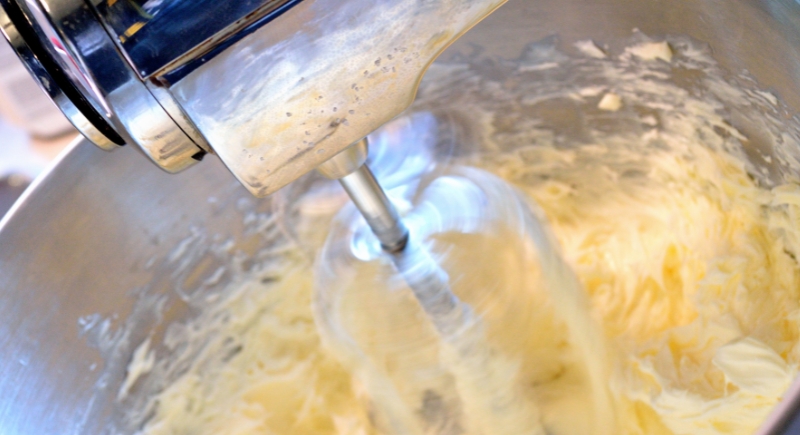
Credit: Getty Images
Grab a hand mixer or stand mixer and beat the frosting on medium speed for about five minutes. This step forces air into the dense mixture and gives it a lighter texture. Professional bakers use this trick because it makes spreading easier and keeps delicate cakes from tearing. The extra volume you get also means a single can stretches further, which can be helpful if you’re decorating a layered dessert.
Add A Touch Of Butter
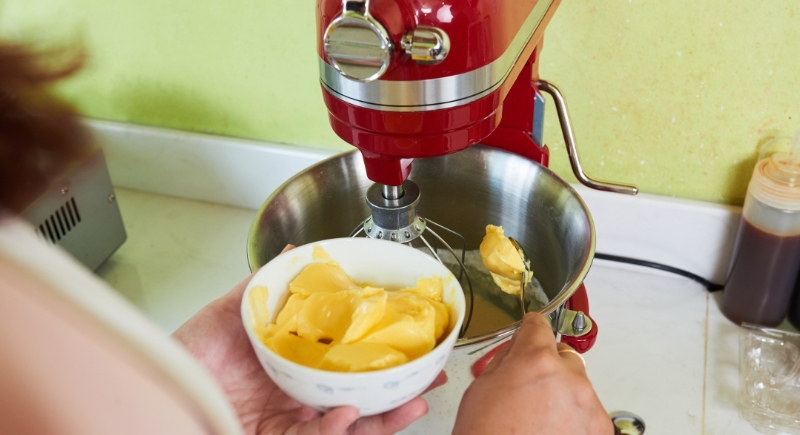
Credit: Dragon Images
Cut through that one‑note sweetness by beating in two to four tablespoons of room‑temperature butter. According to Food Republic’s buttercream tips, this addition mimics the rich mouthfeel of homemade buttercream. Make sure the butter is soft, not melted, to blend smoothly. The butter also slightly tones down the sugar punch, which creates a flavor balance that many store‑bought options lack straight out of the tub.
Blend In Cream Cheese

Credit: Getty Images
For a tangy twist, whip in half a block (about 4 ounces) of softened cream cheese. Cooks often rely on this move for red velvet cakes because the combination is classic. The cream cheese not only adds flavor but also changes the structure of the frosting by giving it more body and a sturdier spread that holds up under piped designs without tasting overly sweet or heavy.
Swirl In Caramel Sauce

Credit: Getty Images
This addition works particularly well on chocolate sheet cakes or apple cupcakes. Stirring a couple of tablespoons of thick caramel sauce into a can of frosting creates ribbons of rich flavor. The caramel’s cooked sugar notes tone down the sharp sweetness of standard frosting. Bakers often drizzle a bit on top, too, to create a cohesive dessert presentation.
Fold In Whipped Cream
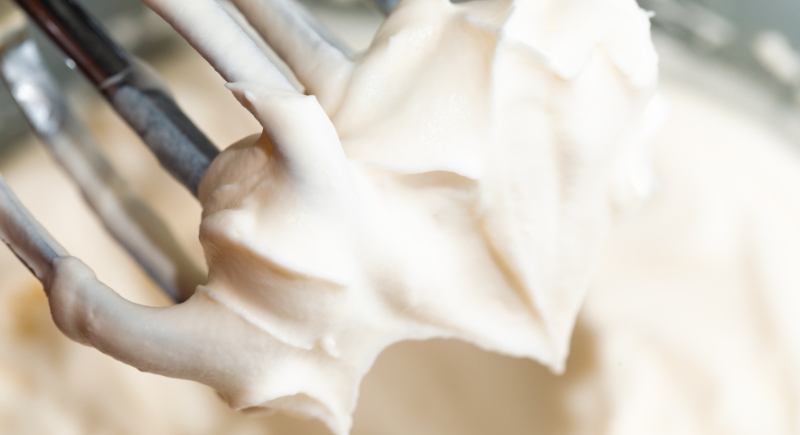
Credit: Getty Images
Instead of sticking with that thick texture, fold in freshly whipped cream: equal parts cream and frosting work well. Whipped cream introduces air pockets that lighten the mixture and make it almost mousse-like. Avoid canned whipped topping because it deflates quickly.
Flavor With Extracts
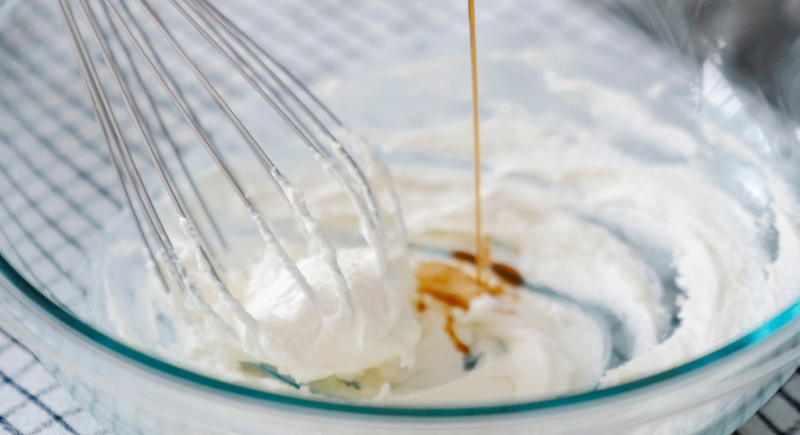
Credit: pexels
A tiny splash of extract can go a long way. Try 1/4 teaspoon of almond or lemon extract for a subtle shift or a teaspoon of vanilla to deepen an existing flavor. Extracts are a simple, reliable way to customize frosting for seasonal themes or special events. Blend slowly and taste as you go to avoid overpowering the base.
Stir In Nutella

Credit: Getty Images
This is a fun way to bring in a familiar flavor profile without needing to make ganache or a separate filling. Adding half a cup of Nutella to a single can of frosting creates a rich chocolate-hazelnut layer. This combo works especially well on brownies or chocolate cupcakes. Nutella’s oils also soften the frosting.
Mix In Cookie Butter
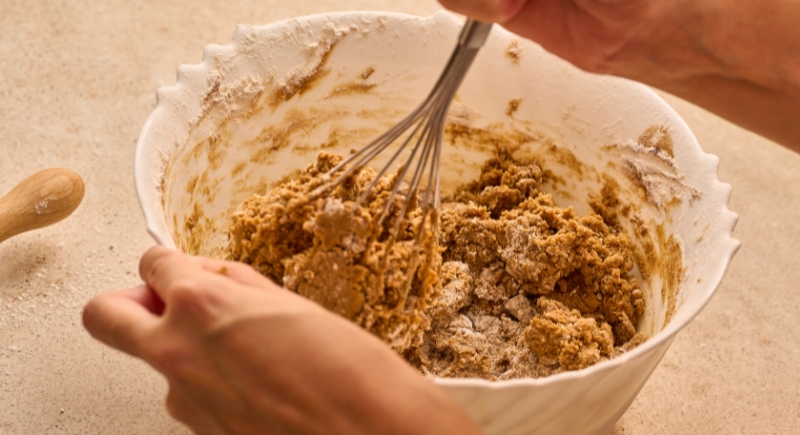
Credit: Getty Images
Bakers often use this method for fall-themed cakes or spiced cupcakes because it adds a warm twist without extra effort. For a spiced upgrade, spoon in about half a cup of cookie butter before whipping. The crushed cookies inside melt into the frosting. Make sure to blend thoroughly for an even texture that spreads cleanly.
Add A Pinch Of Salt
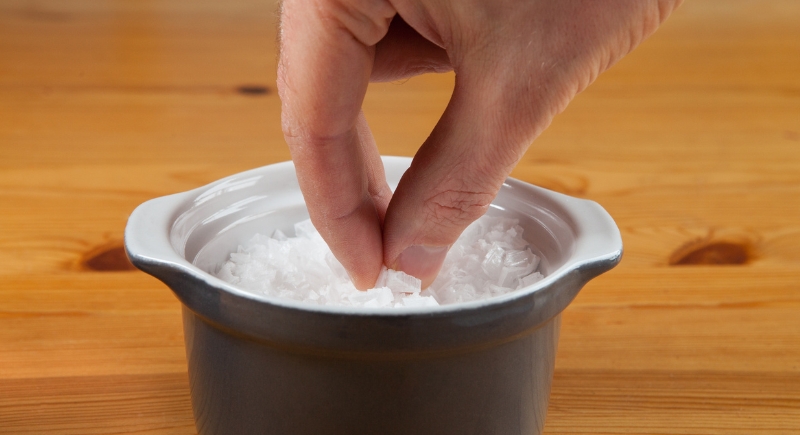
Credit: Getty Images
It might sound simple, but sprinkling in just a pinch of table salt cuts through the heavy sweetness. Salt enhances other flavors and gives the frosting more depth, much like it does in bread or chocolate. Add too much and the frosting turns savory, so go slow and taste after each addition.
Sift In Cocoa Powder
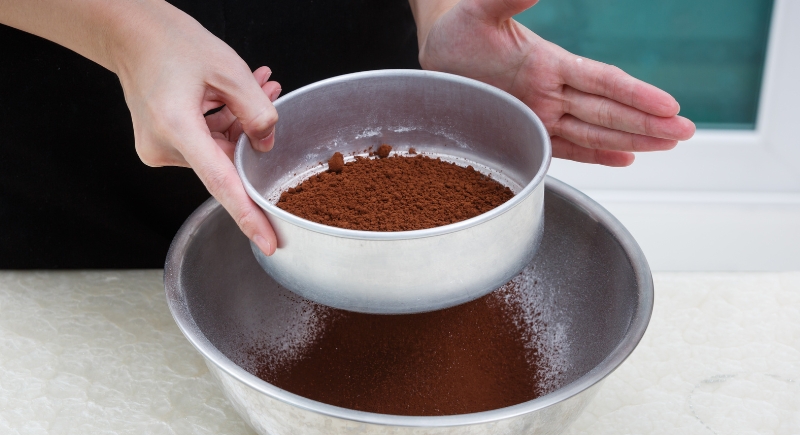
Credit: Getty Images
Turning vanilla frosting into chocolate can be as easy as sifting in two tablespoons of unsweetened cocoa powder. Blend gradually until the color and taste suit your dessert. Cocoa brings in a deep chocolate note without adding extra sugar, which is why some bakers prefer it over melting chocolate bars. The frosting stays light enough to pipe yet rich in flavor.
Swirl In Fruit Jam
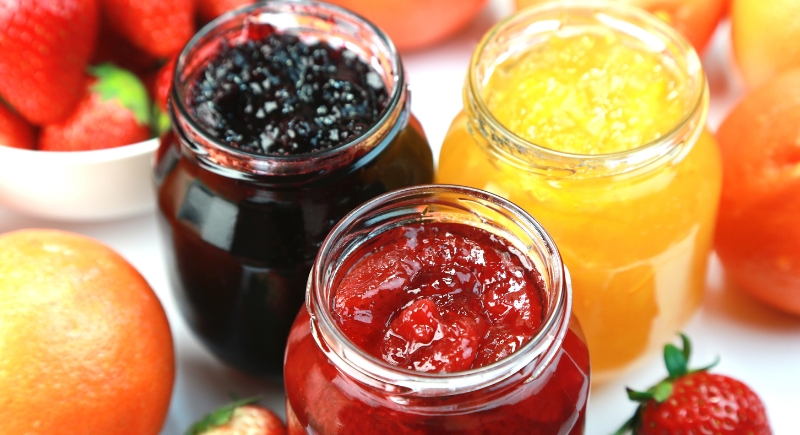
Credit: Getty Images
Many home bakers use this method on layered sponge cakes to create a visually appealing swirl that tastes as good as it looks without needing extra fillings. Fold in two or three tablespoons of strawberry, raspberry, or blueberry jam for a fruity surprise. Stir just enough to create ribbons of color and bursts of flavor rather than fully mixing it in.
Add A Spoonful Of Peanut Butter
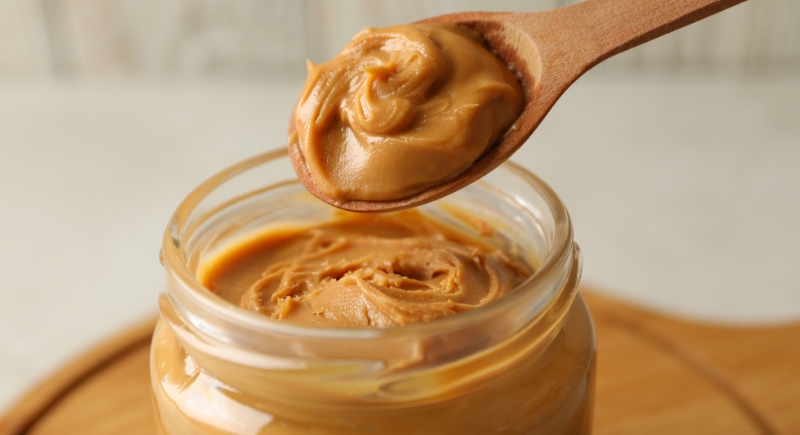
Credit: Canva
Beat in a third of a cup of creamy peanut butter for a nutty kick. Smooth peanut butter is best for frosting because chunky types can clog piping tips. The oils in peanut butter loosen the frosting and make it more spreadable. Bakers recommend pairing this with chocolate cakes for a classic combo, but it also works well on banana-flavored cupcakes.
Mix In Chopped Nuts
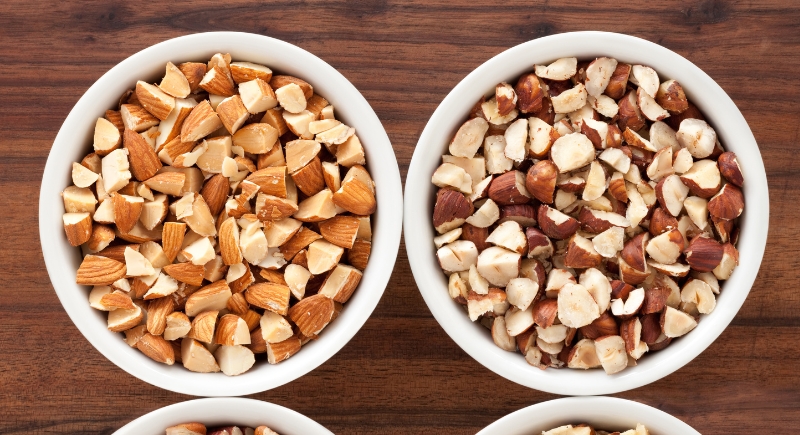
Credit: Getty Images
This method works well for rustic cakes or when you want an added crunch without using candy or sprinkles. After whipping the frosting until fluffy, fold in a half cup of finely chopped pecans or walnuts. This step adds texture and a hint of earthiness. It is best done after whipping to avoid damaging your mixer.
Dust In Freeze-Dried Fruit

Credit: Africa Images
Grind freeze-dried strawberries or raspberries into a powder and blend in a few tablespoons. This adds natural color and flavor without adding extra liquid. Many bakers prefer this method for pastel-tinted frostings because it gives a stable hue and a fruity zing that pairs with both chocolate and vanilla cakes. It is a quick way to impress guests.
Use Espresso Powder
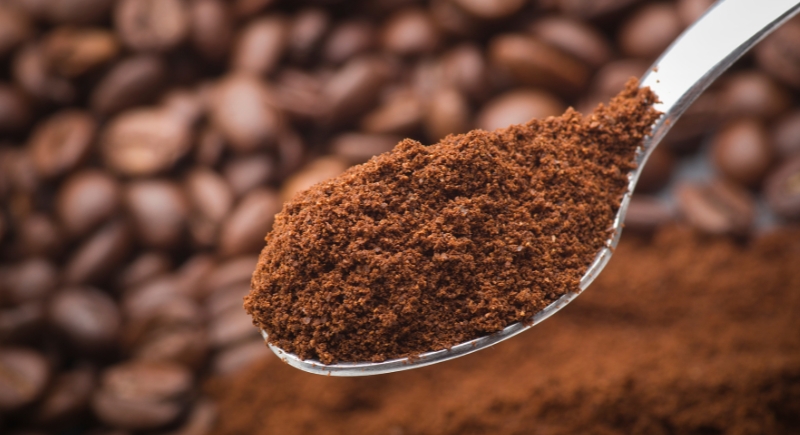
Credit: Getty Images
Coffee enhances chocolate and even vanilla frostings by bringing out underlying flavors. Blend in a teaspoon of finely ground espresso powder for depth. Pastry chefs use this technique in mocha buttercreams, and the same logic applies here. Start with a small amount and adjust to taste.